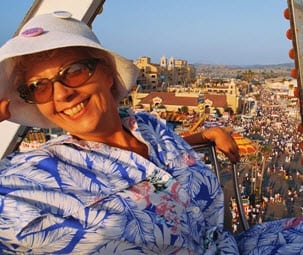 Far more people volunteered than the organizers at the Fairgrounds in Columbia had ever expected.
Far more people volunteered than the organizers at the Fairgrounds in Columbia had ever expected.
A free health care event held in Columbia at the Cantey Building on the State Fairgrounds has shown to be far more successful than anticipated as so many volunteers arrived that the organizers were forced to turn some of them away.
The event was designed to provide services for the uninsured and under insured.
The area that saw the most action was the dental effort, which is a reflection of the issue of a lack of coverage in that sector. Even before 5:30 am, when the gates first opened for free health care to residents of the state, the line for dental care already extended all the way across the enormous parking lot of the fairgrounds.
Fortunately, the free health care event was ready for them and had more than enough volunteers.
The highly successful event had 80 dental chairs that were each attended by a more than adequate number of dentists and dental hygienists. For those at the end of the line, the wait was still up to 12 hours before they were able to sit into one of those chairs, but they still felt that the free health care was well worth it.
This year’s wait was far superior to those from last year, when there were logistical issues at the first South Carolina Mission in the Midlands at the Carolina Coliseum. This caused tremendous frustrations among those who had been trying to obtain medical assistance as well as to those who had been hoping to be able to help. There were some patients who waited for many hours in high heats in order to receive vision or dental services, but who were never able to get them.
The system that was used this year was far more successful. Separate lines were formed for vision, dental, and medical services. Patients received numbered armbands as they passed through the entrance of the fairgrounds and where therefore able to spend their waiting time within tents that were air conditioned. Though the tents had still warmed up by the afternoon, it was nothing compared to the extreme temperatures faced outside last year.
This also provided the organizers with a much clearer idea of how many people could be treated, minimizing the risk of having people wait all day for free health care and then be turned away for treatment.
